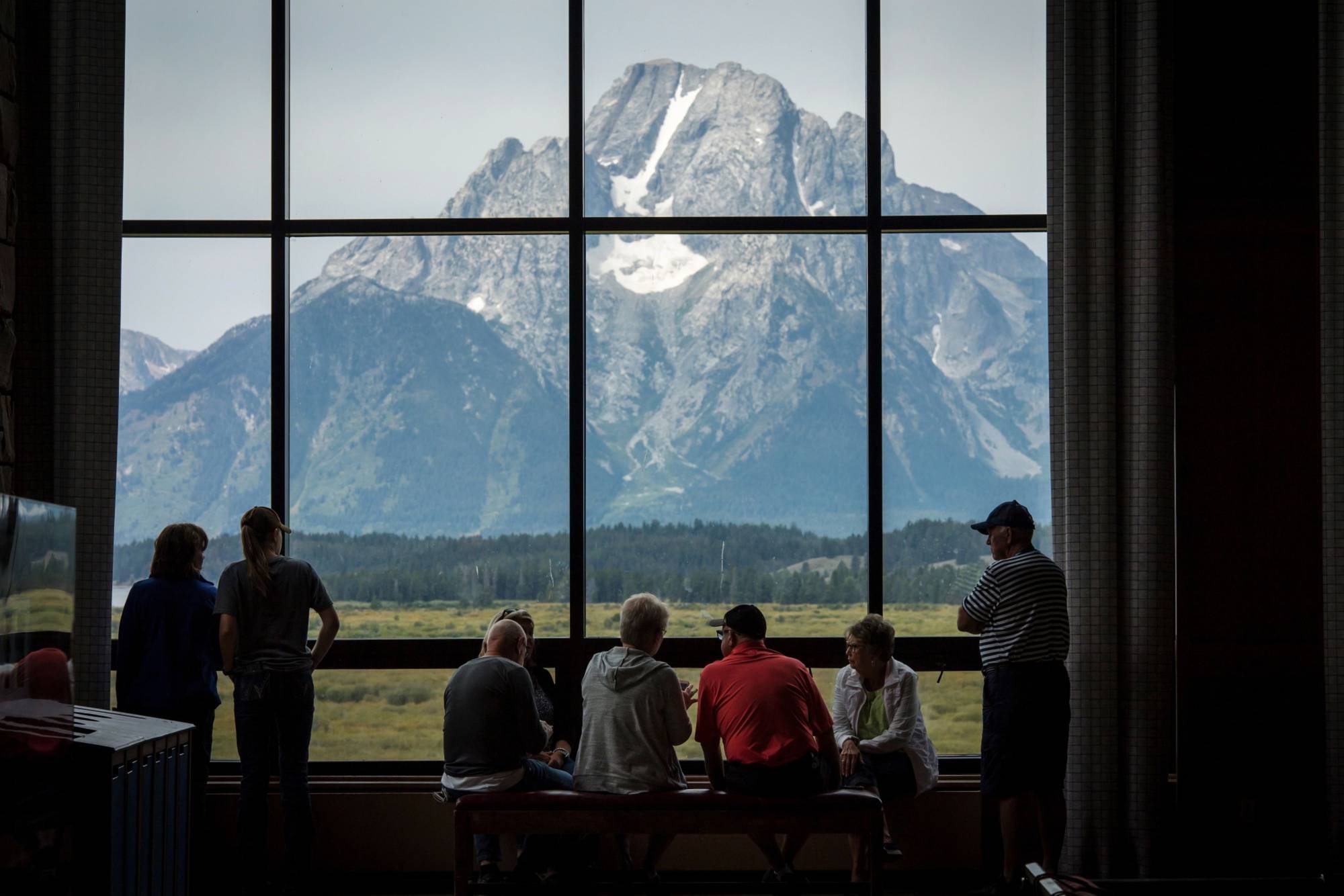After convening every August since 1982 at the edge of Wyoming’s magnificent Teton mountain range, monetary policymakers will hold a virtual Jackson Hole conference this week that will look pale by comparison. The same could probably be said of the central banks themselves.
Yes, the Federal Reserve and other monetary authorities have gone to unprecedented lengths to combat the COVID-19 crisis, flooding the global economy with trillions of dollars in liquidity and credit, and in the process have become a towering presence in the financial markets.
But the pandemic has also exposed an unpleasant reality for the monetary mavens: After decades in which they rode high as overseers of the global economy, they no longer have the firepower to manage the business cycle on their own. They need the help of fiscal policymakers to do that — a fact made painfully clear by the U.S. congressional stalemate over another stimulus package and the threat that poses to the nascent economic recovery.


















With your current subscription plan you can comment on stories. However, before writing your first comment, please create a display name in the Profile section of your subscriber account page.